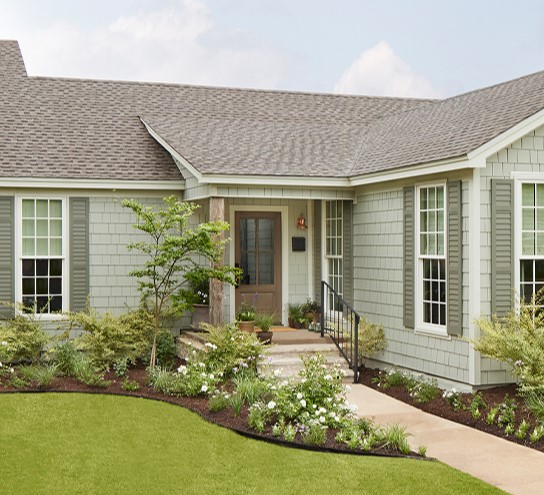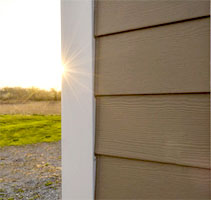
Landscaping is essential to your home’s curb appeal, and spring is a great time to start sprucing up your trees. Trees not only add value to your home, they provide shade for lazy summer days and defend your home from cold winter winds. They can act as a privacy barrier and a strong, tall tree can support a tire swing for the kids. So how do you keep those trees looking nice for years to come?
A Little Off the Top
Winter has passed and your gardening shears can finally see the sun again. Your late-blooming flower shrubs and trees should be pruned early in the spring. Or, if their flowers have just started blooming, prune them when the blooms fade so new blooms can appear.
Leave the corrective tree pruning until the summer time. By then, you’ll be able to see the branches that are too heavy under their leaves, or have died in the winter.
Here’s the Dirt
Your trees are tall and leafy, giving glorious shade for hot summer days. Add a pop of color around the base with a few flowers. Be careful not to damage the tree or the roots by digging too vigorously. Cover the ground around the tree with a few inches of topsoil and mulch, and plant the flowers there instead of in between and around the tree roots.
Some flowers that flourish in the shade include: Lily-of-the-valley, impatients and begonias.

What if I Don’t Have a Tree?
First, figure out what trees are native to your area. (Unless you like a challenge, that is.) Native trees are proven to flourish in your region’s temperature and soils and shouldn’t be too hard to find. Then, pick a place to plant it.
Is that place near power lines? The closer it is to power and phone lines, the shorter the tree should be. Any trees within a few yards of your power lines should be under 25 feet tall. And always, always check where underground power lines are buried on your property before you whip out any shovels. Tree roots have a habit of tangling with power lines and that could spell trouble.
Let’s Dig
You’re not too close to the power lines above and you’ve steered clear of the underground power lines below. Now you need your new tree, planting soil, a digging shovel with a sharp blade, a transferring shovel with a wide blade to move the topsoil, and a knife tool to break apart your bundled-up tree roots right before planting.
Step 1: Dig the hole. This needs to be roughly one and a half times as wide as your bundled-up roots and at least half as deep.
Step 2: Pour some of your new planting soil and mix it with the existing dirt in your yard. Fill the bottom of the hole with your mixed-up dirt and make sure it’s packed down.
Step 3: Tree time! Take your tree from its bag or container, loosen up the roots and put it in the hole. The top of this bundle should be level with the rest of the ground. Fill in any gaps between your root bundle and the hole with some dirt. Adjust the tree and the dirt until the tree is standing straight.
With the right attention and care, your little sapling will be around for many more Earth Days.





































